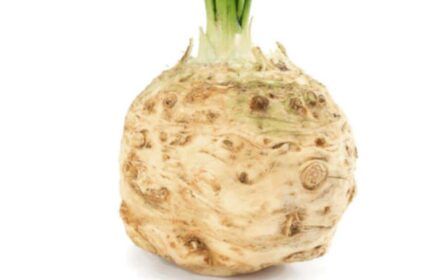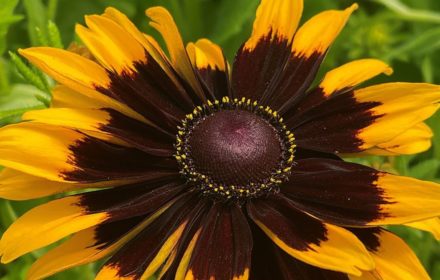How to Sow Giant Purple Corncockle Seeds
Giant Purple Corncockle (Corncockle Agrostemma Githago) is a captivating annual flower that boasts showy purple blooms, adding a touch of wild elegance to your garden
How to Grow Giant Purple Corncockle from Seed
- Soil Preparation: Prepare the soil by choosing a well-draining area with sandy loam soil. While Giant Purple Corncockle can adapt to various soil types, sandy loams are preferable. Ensure the planting site receives ample sunlight and has proper drainage
- Seed Sowing Advice: Sow Giant Purple Corncockle seeds either in autumn or spring. Avoid sowing during winter or mid-summer when the conditions might not be ideal for germination. Scatter the seeds directly onto the bare earth in the chosen flowering position. This method will allow the seeds to establish naturally
- Germination and Temperature: Germination can take place more effectively when the soil temperature is moderate. Aim for a temperature range of around 60-70°F (15-21°C) to promote successful germination. These conditions will encourage the seeds to sprout and develop into healthy seedlings
- Seed Spacing: Since the seeds are sown directly onto the soil, there’s no need to worry about initial spacing. However, as the plants grow and mature, consider thinning them out to ensure they have enough space to thrive
How to Care for Giant Purple Corncockle Seeds
- Maintenance: Giant Purple Corncockle has a natural tendency to self-seed, contributing to its charm. To encourage self-seeding, mow the surrounding plants and scarify the soil in late autumn or winter. This will help expose the soil for new seeds to settle and germinate
- Maturity: As the plants mature, they will reward you with their stunning purple blooms, creating a beautiful and effortless display in your garden. Allow some flowers to go to seed to encourage the natural reseeding process for future growth
- Common Pests and Diseases: While Giant Purple Corncockle is generally resistant to many pests and diseases, it’s still essential to monitor for any potential issues. Aphids and slugs could be potential pests; address them using appropriate treatments such as insecticidal soap or natural predators. Maintain proper spacing and air circulation to prevent fungal diseases



















